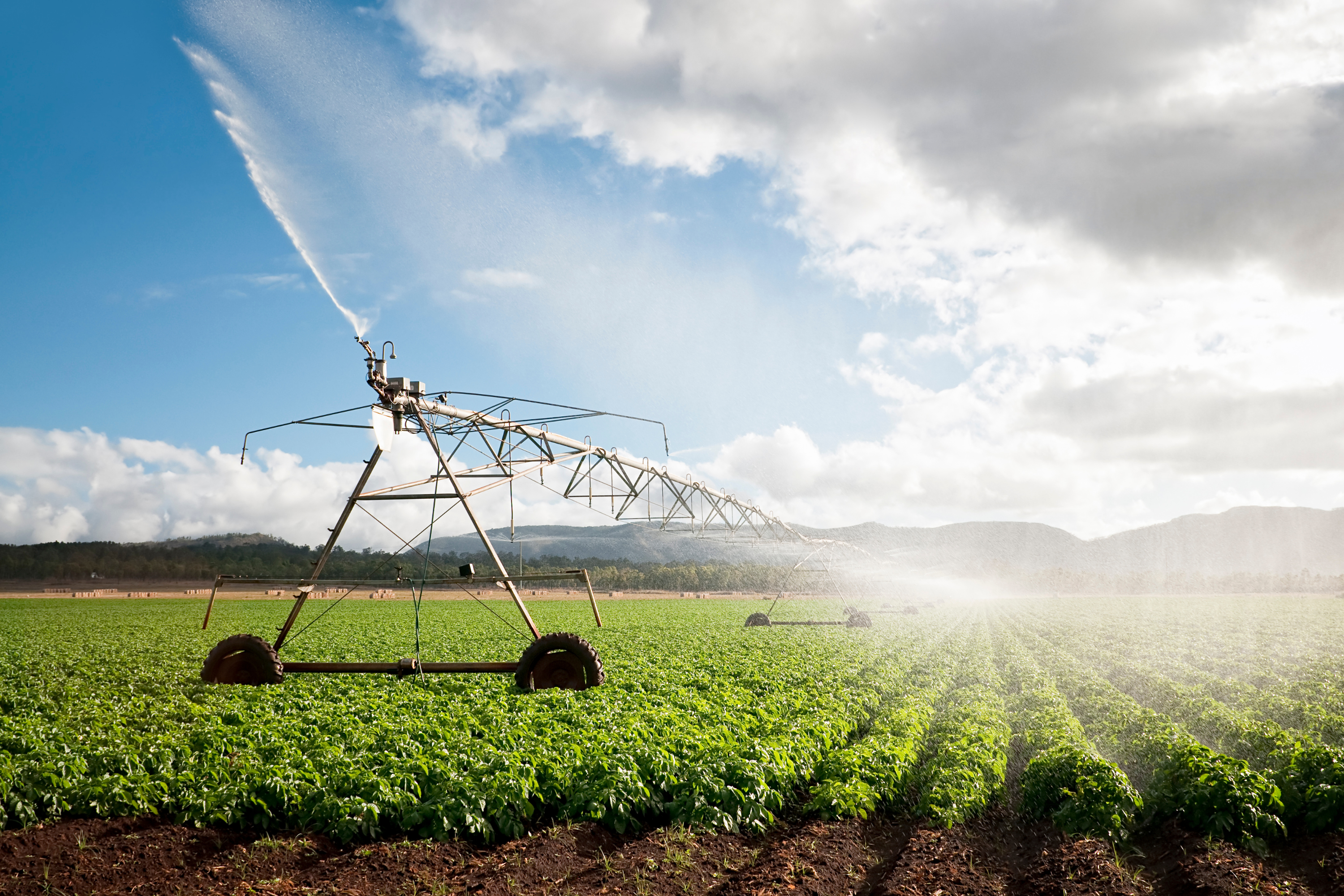
Exploring Your Options: Water Supply Methods for Crop Irrigation
Starting a homestead or farm? One of the most important keys to growing healthy crops is having a reliable water supply. Whether you’re planting a small garden or managing acres of fields, knowing your irrigation options helps you plan wisely and conserve this precious resource.
Water can come from many sources and be delivered in different ways. Each method has its own advantages, challenges, and equipment needs—so it’s worth understanding the basics before you dive in.
Here’s a quick overview of common crop irrigation water supply methods you might consider for your homestead:
1. Surface Water (Streams, Rivers, Ponds)
Using natural or man-made bodies of water, surface water irrigation channels or pumps water directly to your crops. It’s often cost-effective but may require permits and infrastructure like ditches or pumps.
2. Groundwater (Wells and Springs)
Groundwater from wells or springs offers a dependable source for irrigation. Drilling a well involves upfront investment, but it provides steady water access—especially in dry seasons.
3. Rainwater Harvesting
Collecting rainwater from rooftops or land and storing it in tanks or ponds is a sustainable, eco-friendly way to supplement your irrigation needs. It depends on rainfall patterns but can significantly reduce your reliance on other water sources.
4. Micro-Sprinkler Irrigation
A precise watering method that delivers gentle sprays over limited areas, micro-sprinklers help conserve water while nourishing plants, especially in orchards and gardens.
5. Treated Wastewater (Reclaimed Water)
Reusing treated wastewater for irrigation conserves freshwater and supports sustainability, though it requires careful management and compliance with regulations.
6. Desalinated Water
If you’re near salty groundwater or the ocean, desalination technology can convert saltwater into usable irrigation water. It’s energy-intensive but a valuable option in water-scarce regions.
7. Farm Ponds and Tanks
Building ponds or installing tanks to store water gives you control and security. These systems capture runoff or pumped water for use during dry spells and can support irrigation, livestock, and other needs.
Choosing What’s Right for You
Every homestead and farm is unique, so the best irrigation method depends on your location, water availability, crop types, budget, and goals. Many growers combine methods to maximize water efficiency and reliability.
In upcoming posts, we’ll dive deeper into each method—explaining how they work, what equipment you need, water rights considerations, and practical tips to get started.
Stay tuned and get ready to master your water supply—because good irrigation is the root of a thriving farm!
Up next: Surface Water Irrigation: Harnessing Nature’s Flow for Your Crops
Share


